Home>Technology>Security & Surveillance>How Does A Magnetic Door Lock Work
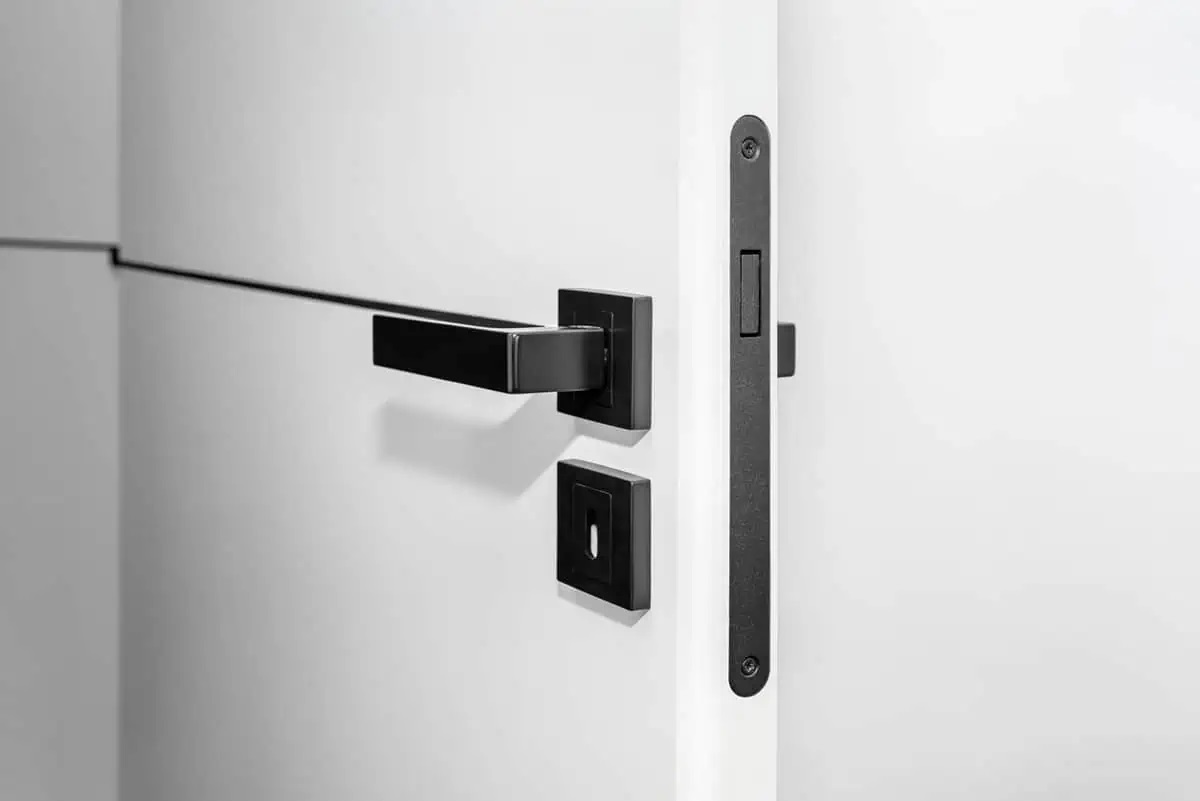

Security & Surveillance
How Does A Magnetic Door Lock Work
Modified: January 3, 2024
Discover how magnetic door locks provide enhanced security and surveillance. Learn about the working mechanism and benefits of magnetic door locks.
(Many of the links in this article redirect to a specific reviewed product. Your purchase of these products through affiliate links helps to generate commission for Storables.com, at no extra cost. Learn more)
**
Introduction
**
Welcome to the world of advanced security and surveillance, where technological innovations have revolutionized the way we protect our homes, businesses, and sensitive areas. In this digital age, traditional locks are being complemented and, in some cases, replaced by sophisticated access control systems. Among these cutting-edge solutions, magnetic door locks stand out as a popular choice for ensuring controlled access and heightened security.
Magnetic door locks, also known as maglocks, offer a robust and reliable means of securing doors, gates, and other entry points. These devices operate on the principles of electromagnetism, providing a secure locking mechanism without the need for traditional keys or physical bolts. In this article, we will delve into the inner workings of magnetic door locks, exploring their basic components, operational mechanisms, advantages, disadvantages, and diverse applications. Whether you are a security enthusiast, a business owner, or simply curious about modern security technologies, this comprehensive guide will unveil the fascinating world of magnetic door locks. Let's embark on this enlightening journey to understand how these innovative devices function and the various contexts in which they excel.
Key Takeaways:
- Magnetic door locks use electricity to create a strong magnetic force, making it hard for unauthorized people to open the door. They are reliable and work well with access control systems.
- Magnetic door locks are great for keeping places safe, like homes, schools, and businesses. They are fast, secure, and can be controlled remotely, making them a popular choice for modern security.
Read more: How Does An Electronic Door Lock Work
Basic Components of a Magnetic Door Lock
Before delving into the operational intricacies of magnetic door locks, it’s essential to understand their fundamental components. These components work in harmony to create a secure and reliable locking mechanism:
-
Electromagnet: At the core of a magnetic door lock lies an electromagnet, which is typically mounted on the door frame. When an electric current passes through the electromagnet, it generates a magnetic field, effectively attracting the armature plate to create a locked position. The strength of the magnetic force is a critical factor in determining the security level of the lock.
-
Armature Plate: Positioned on the door itself, opposite the electromagnet, the armature plate is made of ferrous material that is magnetically attracted to the electromagnet when it is energized. This attraction ensures that the door remains securely locked when the magnetic field is active.
-
Power Supply: To enable the electromagnet to function, a reliable power supply is essential. This can be in the form of direct electrical wiring or a backup battery system, ensuring that the lock remains operational even during power outages.
-
Control Mechanism: A control mechanism, often integrated with an access control system, regulates the activation and deactivation of the magnetic door lock. This can include keypads, card readers, biometric scanners, or remote access devices, providing authorized individuals with the means to unlock the door.
-
Monitoring Sensors: Some advanced magnetic door locks incorporate monitoring sensors to detect the status of the door, such as whether it is open, closed, or tampered with. These sensors contribute to the overall security system by providing real-time feedback on the door's status.
Understanding these basic components sets the stage for comprehending how a magnetic door lock functions in practice. Now, let's explore the operational dynamics that come into play when these components interact to secure access points effectively.
How a Magnetic Door Lock Works
Understanding the operational principles of a magnetic door lock unveils the seamless fusion of electromagnetism and modern access control technologies. When an individual approaches a door secured by a magnetic lock, the following sequence of events occurs to facilitate controlled access:
-
Activation: Upon authentication through the designated access control system, an electrical signal is sent to the magnetic door lock, initiating the flow of current to the electromagnet.
-
Magnetic Attraction: As the electromagnet becomes energized, it generates a powerful magnetic field that attracts the armature plate. This magnetic attraction effectively locks the door, preventing unauthorized entry.
-
Secure Holding: Once the door is securely locked, the electromagnet maintains the magnetic field, ensuring that the armature plate remains firmly in place. This secure holding position provides reliable protection against forced entry attempts.
-
Deactivation: When authorized individuals need to gain access, such as employees or residents, the control mechanism sends a signal to deactivate the magnetic door lock. This interrupts the flow of current to the electromagnet, releasing the armature plate and allowing the door to open.
These operational steps showcase the efficiency and reliability of magnetic door locks in providing controlled access to authorized individuals while bolstering security measures. The seamless integration of electromagnetism and advanced control mechanisms ensures a swift and secure transition between locked and unlocked states, contributing to a seamless access experience for users.
By harnessing the power of electromagnetism and leveraging sophisticated control technologies, magnetic door locks exemplify the marriage of traditional security principles with modern innovation. Their operational elegance and robust security features make them a compelling choice for a wide array of applications, ranging from commercial and industrial settings to residential and institutional environments.
Advantages of Magnetic Door Locks
Magnetic door locks offer a myriad of advantages that contribute to their widespread adoption in various security applications. Understanding these benefits sheds light on the compelling reasons behind their popularity:
-
Enhanced Security: The robust electromagnet-based locking mechanism provides a high level of security, effectively resisting unauthorized entry attempts. This feature makes magnetic door locks ideal for safeguarding sensitive areas and valuable assets.
-
Reliability: Unlike traditional mechanical locks, magnetic door locks have fewer moving parts, reducing the risk of mechanical failure. This enhances their overall reliability, ensuring consistent performance over time.
-
Rapid Locking: The instantaneous activation of the magnetic field allows for swift locking of the door, minimizing the time required to secure access points. This rapid response is crucial in emergency situations and high-traffic environments.
-
Integration with Access Control Systems: Magnetic door locks seamlessly integrate with various access control technologies, including keypads, card readers, and biometric scanners. This compatibility enhances the overall security infrastructure and enables efficient management of authorized access.
-
Remote Operation: Many magnetic door locks can be remotely controlled, allowing authorized individuals to manage access from a centralized location. This feature is particularly beneficial for large-scale security systems and multi-site facilities.
-
Minimal Physical Wear: As the locking mechanism relies on electromagnetic forces rather than physical components, there is minimal wear and tear over time. This contributes to the longevity and durability of magnetic door locks.
-
Aesthetics: Magnetic door locks offer a sleek and unobtrusive design, complementing modern architectural aesthetics. Their discreet appearance enhances the overall visual appeal of the secured area.
These advantages collectively position magnetic door locks as a versatile and effective security solution, catering to the diverse needs of residential, commercial, and institutional settings. Their combination of robust security features, seamless integration, and operational reliability makes them a compelling choice for modern security applications.
When installing a magnetic door lock, make sure to follow the manufacturer’s instructions carefully to ensure proper functionality and security.
Disadvantages of Magnetic Door Locks
While magnetic door locks offer a host of benefits, it’s important to consider their limitations and potential drawbacks. Understanding these disadvantages provides a balanced perspective on their suitability for specific security scenarios:
-
Dependence on Power Supply: Magnetic door locks require a continuous power supply to maintain their locked state. In the event of a power outage or electrical failure, alternative power sources or backup systems are necessary to ensure uninterrupted security.
-
Initial Installation Complexity: The installation of magnetic door locks may involve electrical wiring and integration with access control systems, requiring professional expertise. This initial complexity can lead to higher installation costs and time investment.
-
Cost Considerations: While magnetic door locks offer long-term reliability, their initial procurement and installation costs may be higher than traditional mechanical locks. However, the enhanced security features and integration capabilities often justify the investment.
-
Regulatory Compliance: Certain regulatory standards and building codes may impose specific requirements for the use of magnetic door locks, particularly in public and commercial buildings. Compliance with these standards is essential for ensuring the legal and safe operation of the locks.
-
Limited Holding Force: In some cases, the holding force of magnetic door locks may be insufficient to withstand extreme physical force or tampering attempts. Assessing the specific security needs and potential vulnerabilities is crucial when considering their suitability for a given environment.
-
Environmental Considerations: Harsh environmental conditions, such as extreme temperatures or exposure to moisture, can impact the performance of magnetic door locks. Specialized enclosures or protective measures may be necessary in such environments.
By acknowledging these disadvantages, security professionals and decision-makers can make informed assessments of the applicability of magnetic door locks in various settings. While these limitations pose considerations, the overall benefits and security enhancements offered by magnetic door locks often outweigh these potential drawbacks, especially when deployed in alignment with specific security requirements and operational considerations.
Read more: How Does A Garage Door Lock Work
Applications of Magnetic Door Locks
The versatility and robust security features of magnetic door locks render them suitable for a wide range of applications across diverse environments. Their adaptability and reliability make them a popular choice for the following scenarios:
-
Commercial Buildings: Magnetic door locks are commonly employed in commercial establishments, including offices, retail stores, and industrial facilities. Their seamless integration with access control systems and swift locking mechanisms enhances the overall security of these environments.
-
Government Facilities: The stringent security requirements of government buildings and sensitive facilities are effectively met by magnetic door locks. Their high level of security and compatibility with advanced access control technologies align with the stringent access management needs of such establishments.
-
Residential Properties: Many modern residential properties utilize magnetic door locks to bolster home security. Their sleek design, remote operation capabilities, and reliable locking mechanisms make them an appealing choice for homeowners seeking advanced access control.
-
Educational Institutions: Schools, colleges, and universities benefit from the enhanced security provided by magnetic door locks. These locks integrate seamlessly with security protocols, ensuring controlled access to educational facilities and safeguarding students and staff.
-
Healthcare Facilities: Hospitals, clinics, and medical centers prioritize security and access control to protect patients, staff, and sensitive medical areas. Magnetic door locks contribute to the secure management of healthcare environments, aligning with stringent privacy and security regulations.
-
Financial Institutions: Banks, credit unions, and financial service providers rely on the robust security features of magnetic door locks to safeguard sensitive areas and assets. Their compatibility with advanced security systems enhances the overall protection of financial institutions.
-
Industrial Facilities: Manufacturing plants, warehouses, and industrial complexes utilize magnetic door locks to secure entry points and restricted areas. The reliability and rapid locking capabilities of these locks are well-suited to the dynamic security needs of industrial environments.
These diverse applications underscore the adaptability and effectiveness of magnetic door locks in meeting the security demands of various sectors. Their seamless integration with access control systems, high level of security, and operational reliability position them as a versatile and indispensable component of modern security infrastructure.
Conclusion
The evolution of security technologies has ushered in an era of innovative solutions, and magnetic door locks stand as a testament to the fusion of advanced engineering and robust security principles. From their fundamental components to operational dynamics, the inner workings of magnetic door locks exemplify the seamless integration of electromagnetism and modern access control systems.
As we’ve explored the advantages and disadvantages of magnetic door locks, it becomes evident that their benefits far outweigh potential limitations. Their enhanced security features, reliability, and adaptability make them a compelling choice for a diverse array of applications, ranging from commercial and residential settings to institutional and industrial environments.
By understanding the operational intricacies and real-world applications of magnetic door locks, security professionals, business owners, and homeowners gain valuable insights into the role these devices play in fortifying access control and safeguarding sensitive areas. The marriage of robust security features, seamless integration with access control technologies, and operational reliability positions magnetic door locks as a cornerstone of modern security infrastructure.
As we continue to embrace technological advancements in the realm of security and surveillance, magnetic door locks stand as a shining example of innovation and effectiveness. Their ability to provide controlled access, enhance security protocols, and seamlessly integrate with modern security systems cements their status as a trusted and indispensable component of comprehensive security strategies.
Whether in commercial, residential, institutional, or industrial contexts, magnetic door locks serve as a testament to the power of electromagnetism and the ingenuity of modern security engineering. As we look to the future of security technologies, magnetic door locks stand as a beacon of reliability, adaptability, and unwavering protection.
Frequently Asked Questions about How Does A Magnetic Door Lock Work
Was this page helpful?
At Storables.com, we guarantee accurate and reliable information. Our content, validated by Expert Board Contributors, is crafted following stringent Editorial Policies. We're committed to providing you with well-researched, expert-backed insights for all your informational needs.
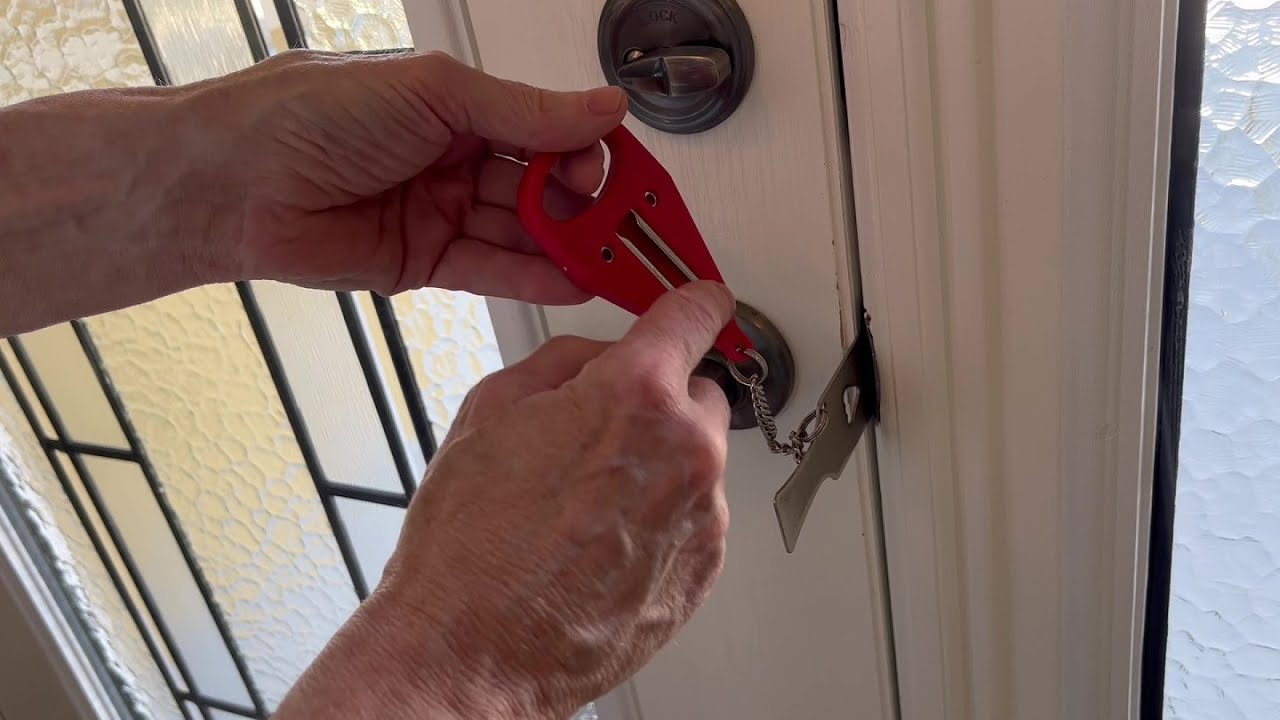
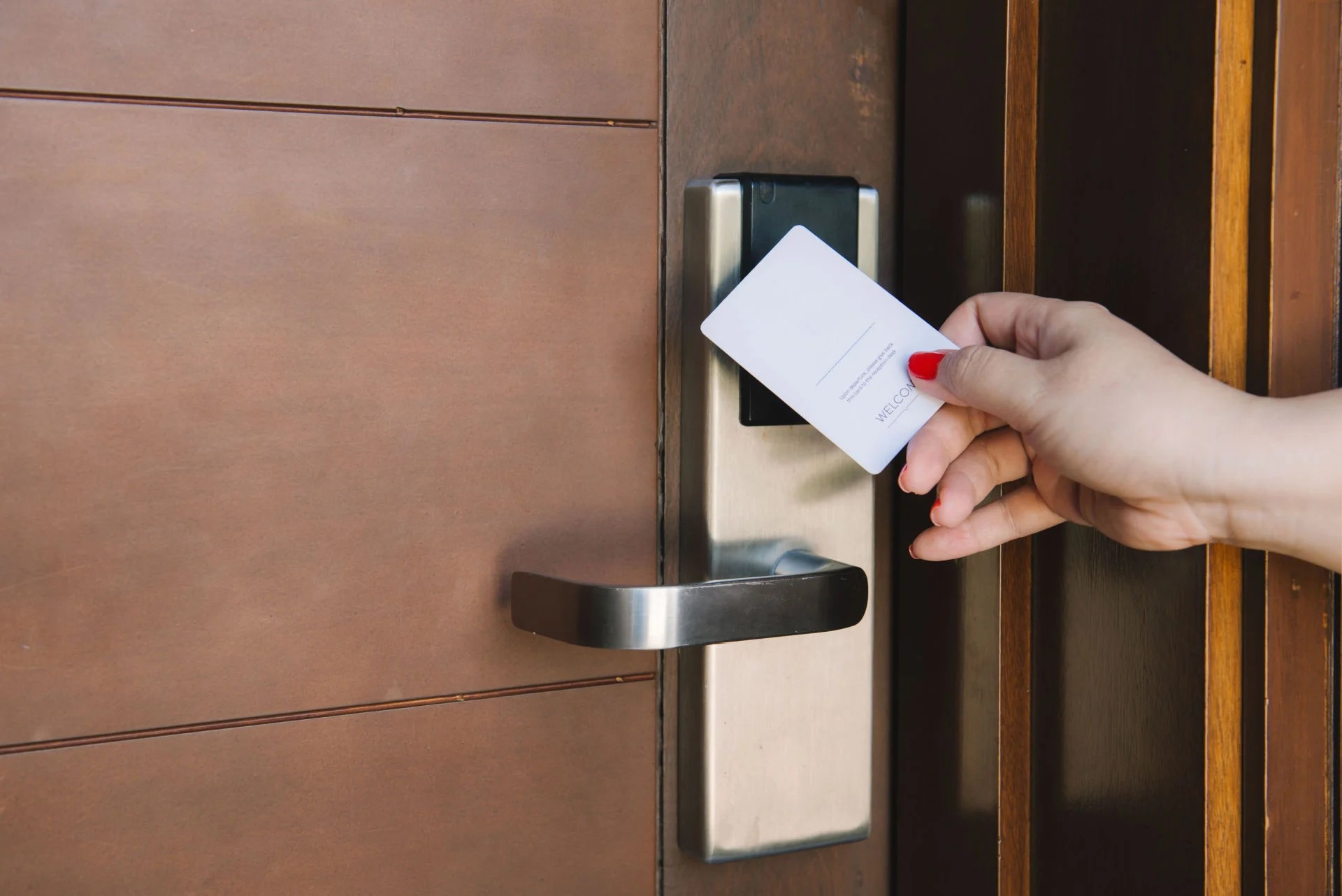
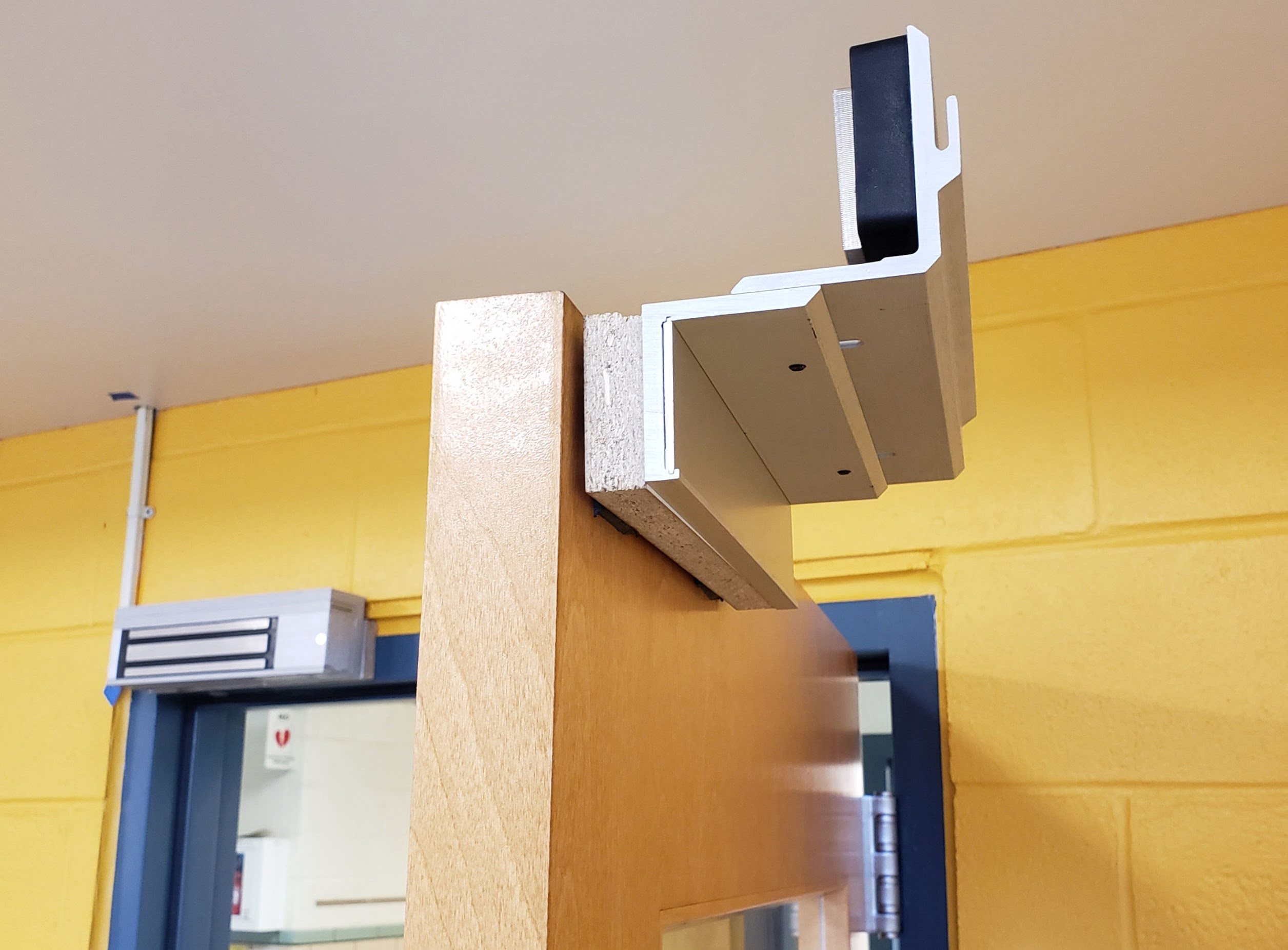
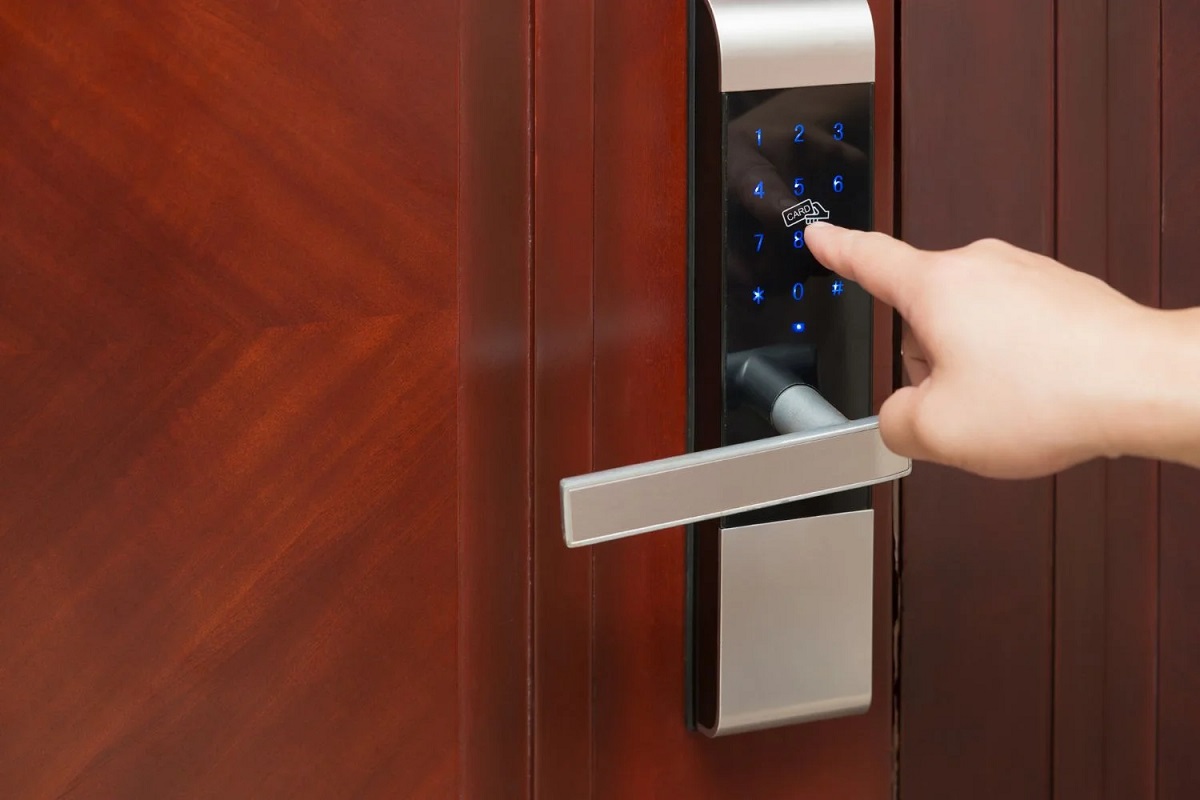
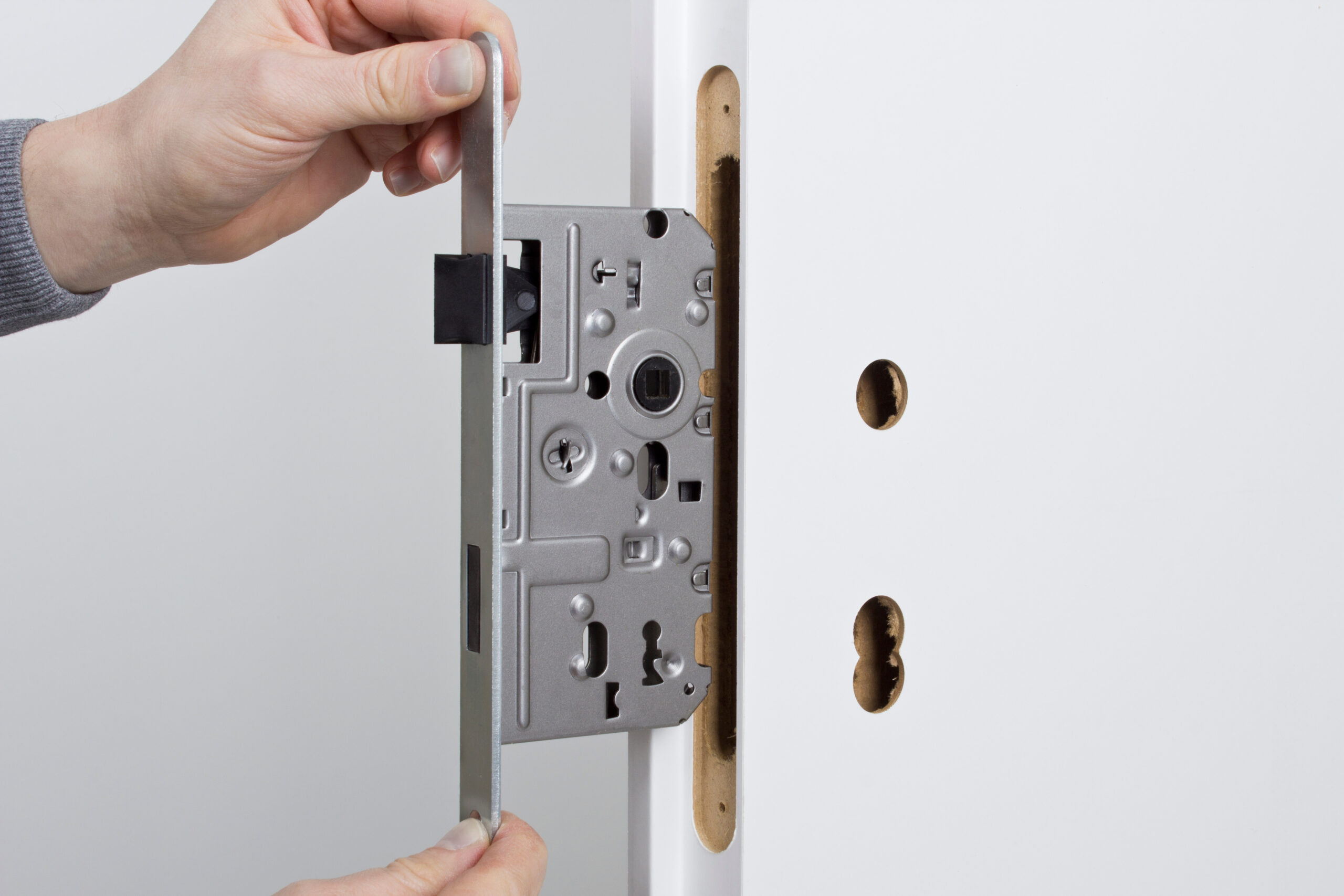
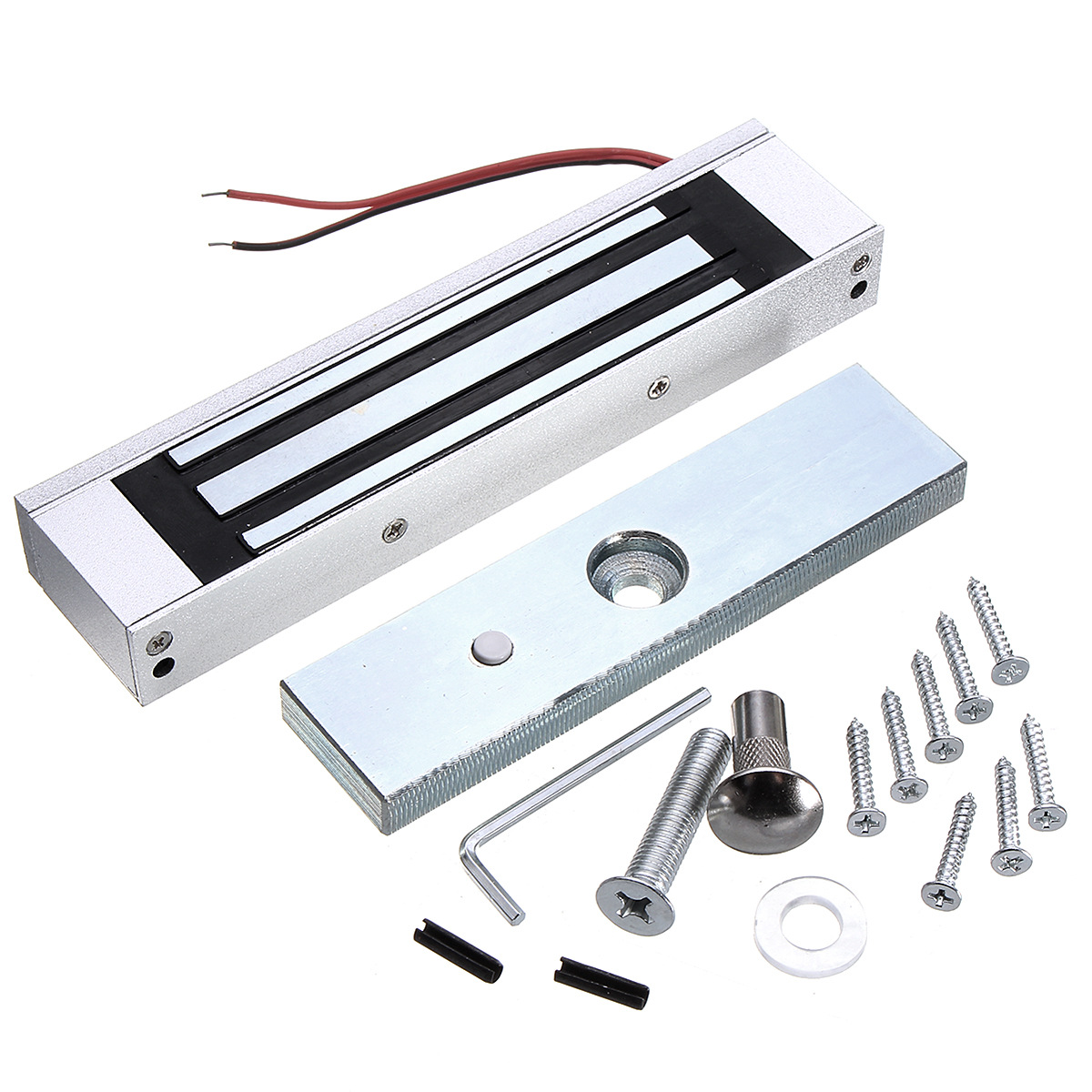
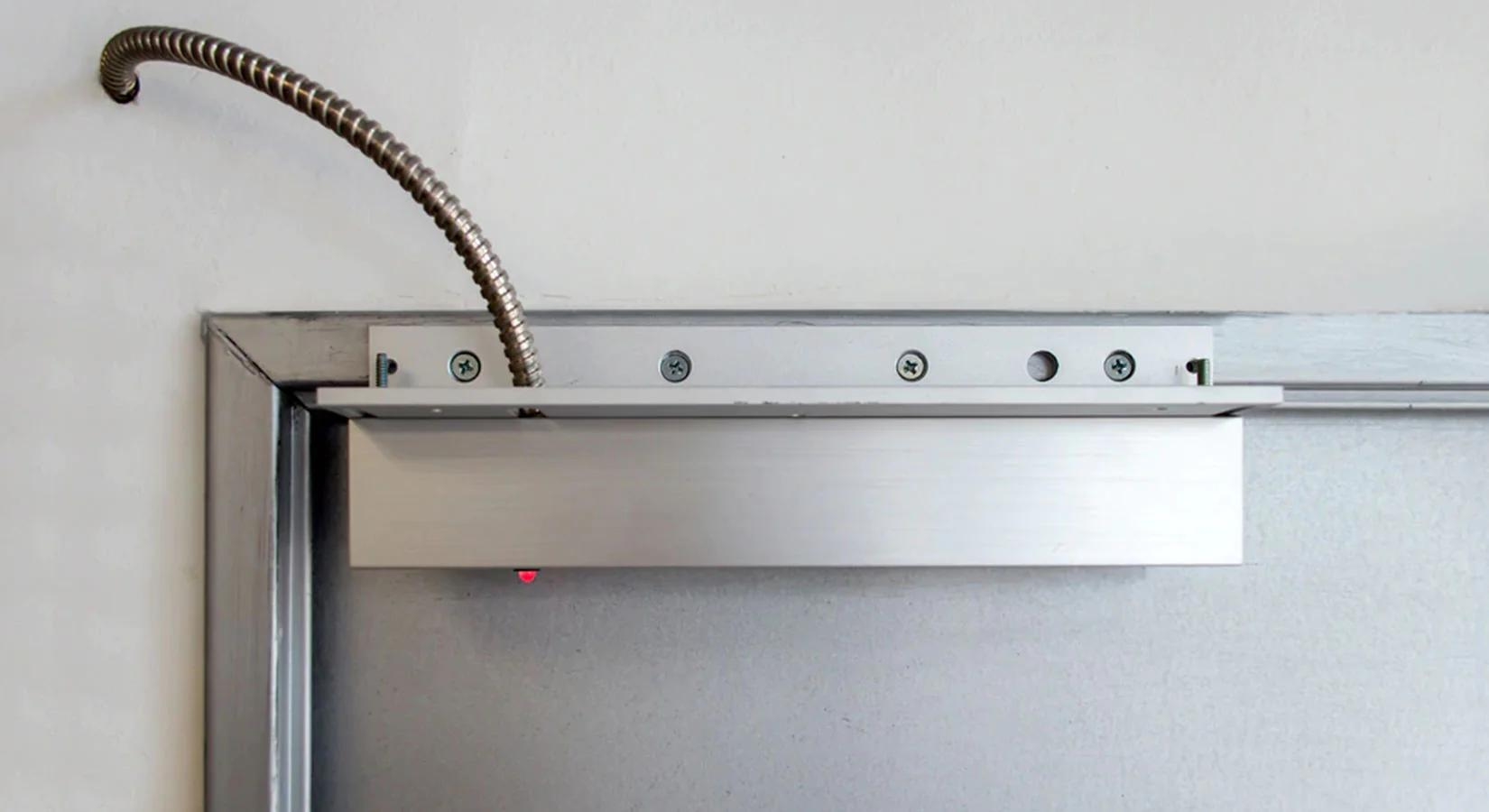
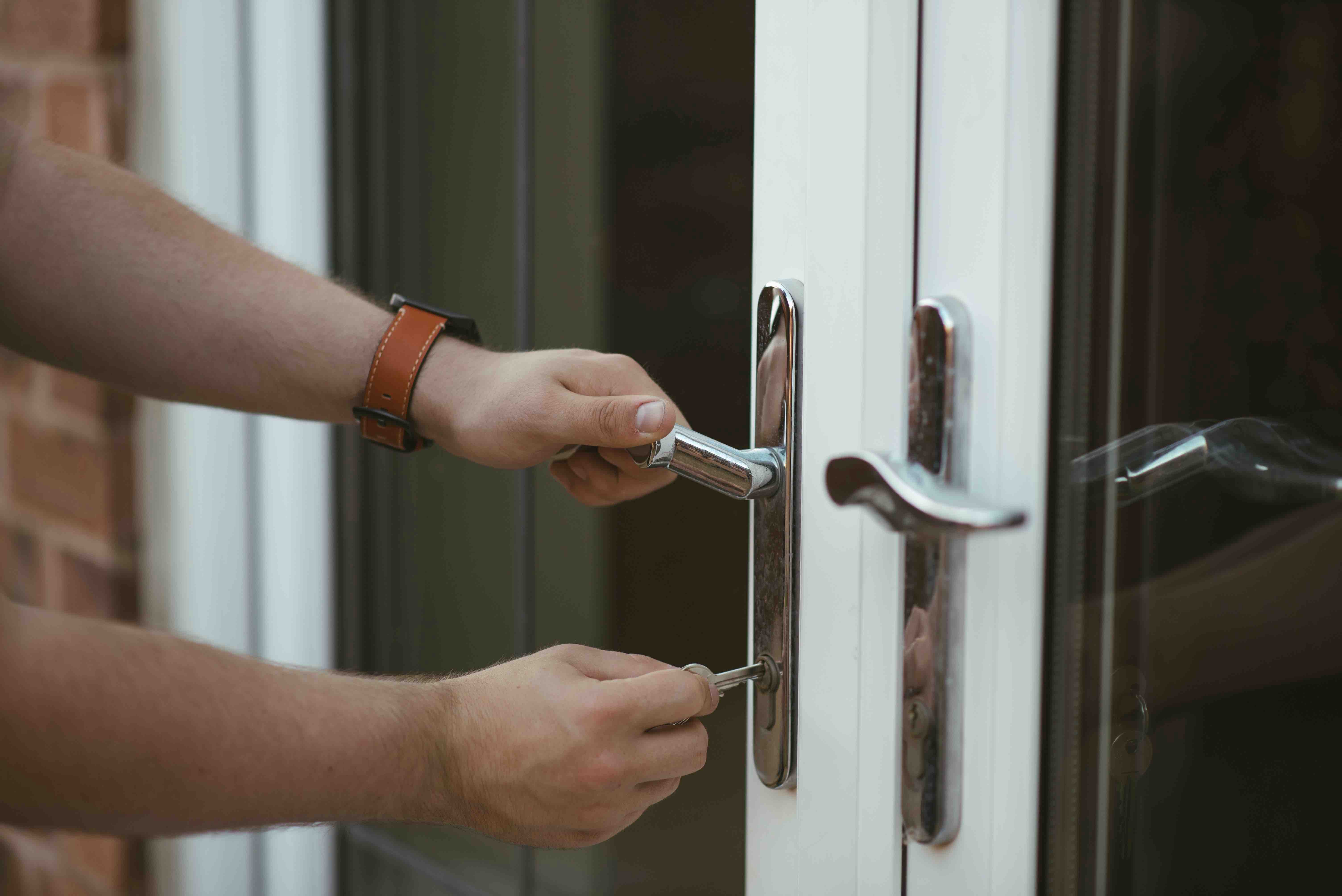
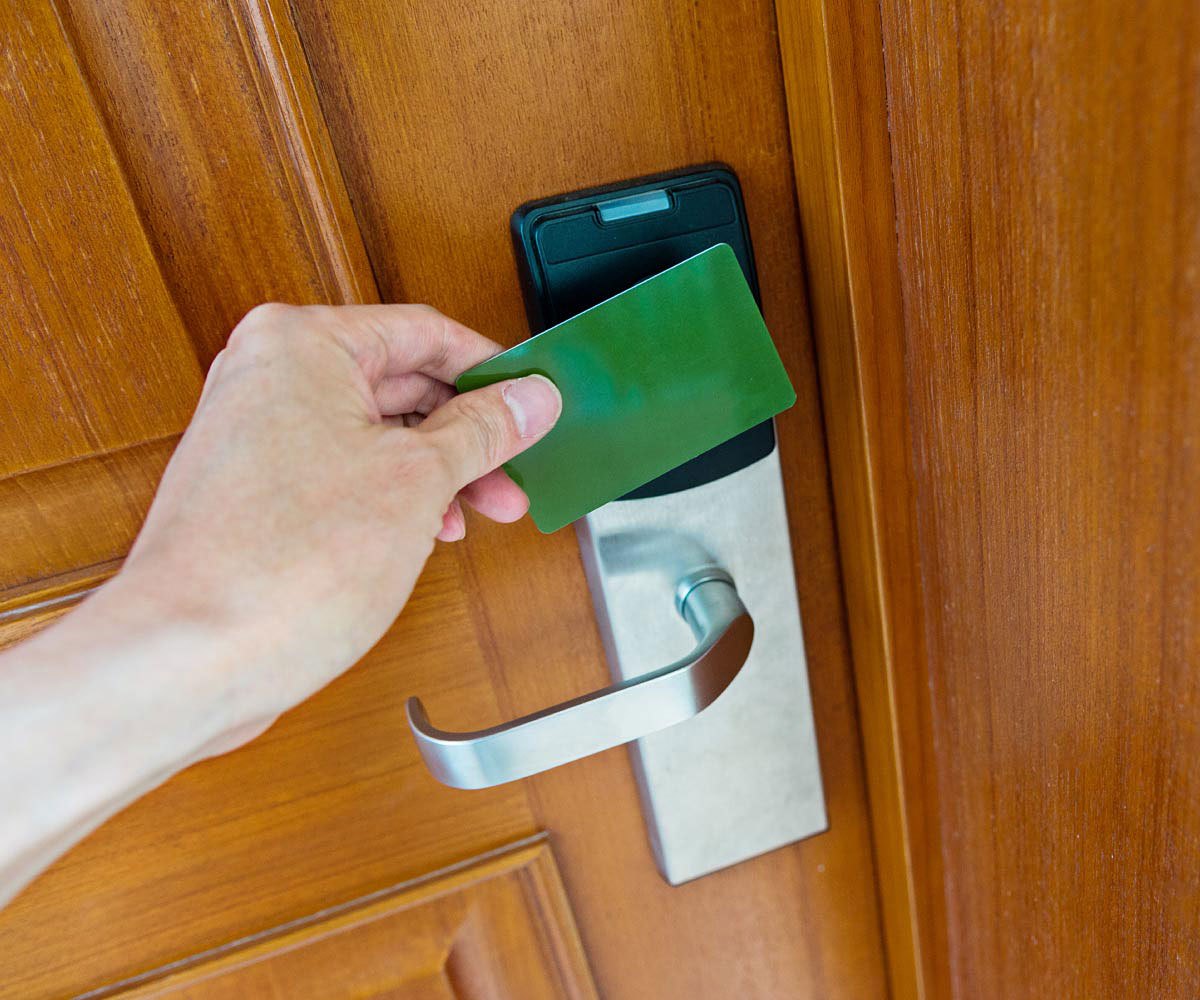

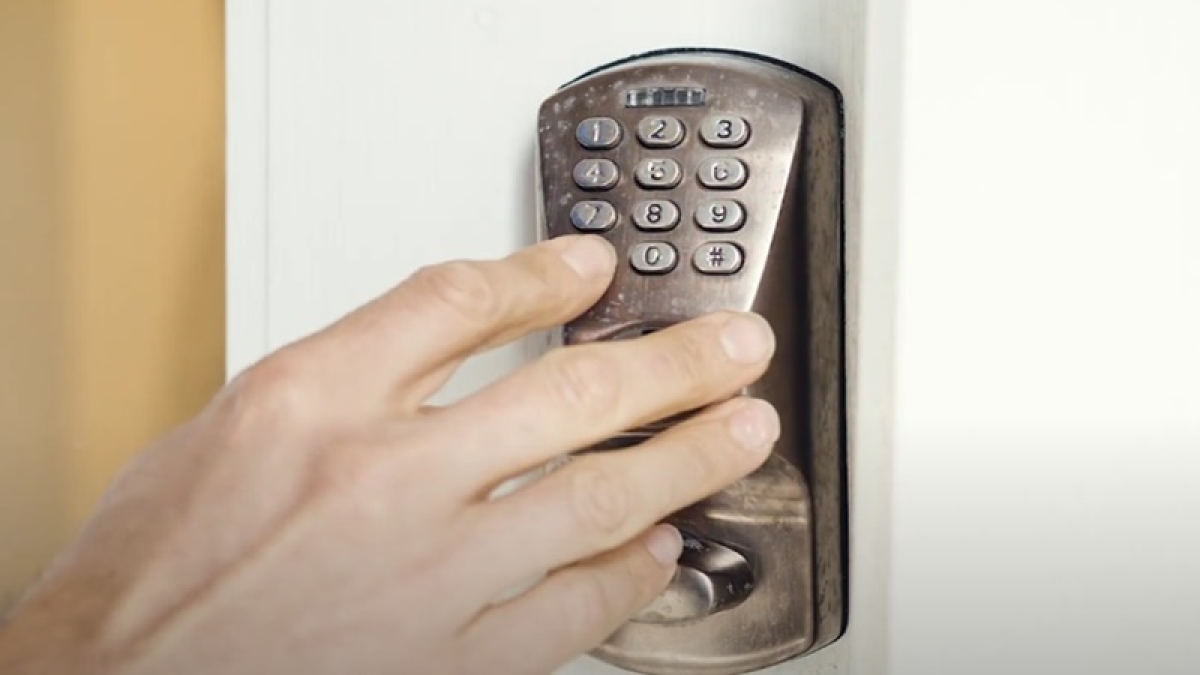
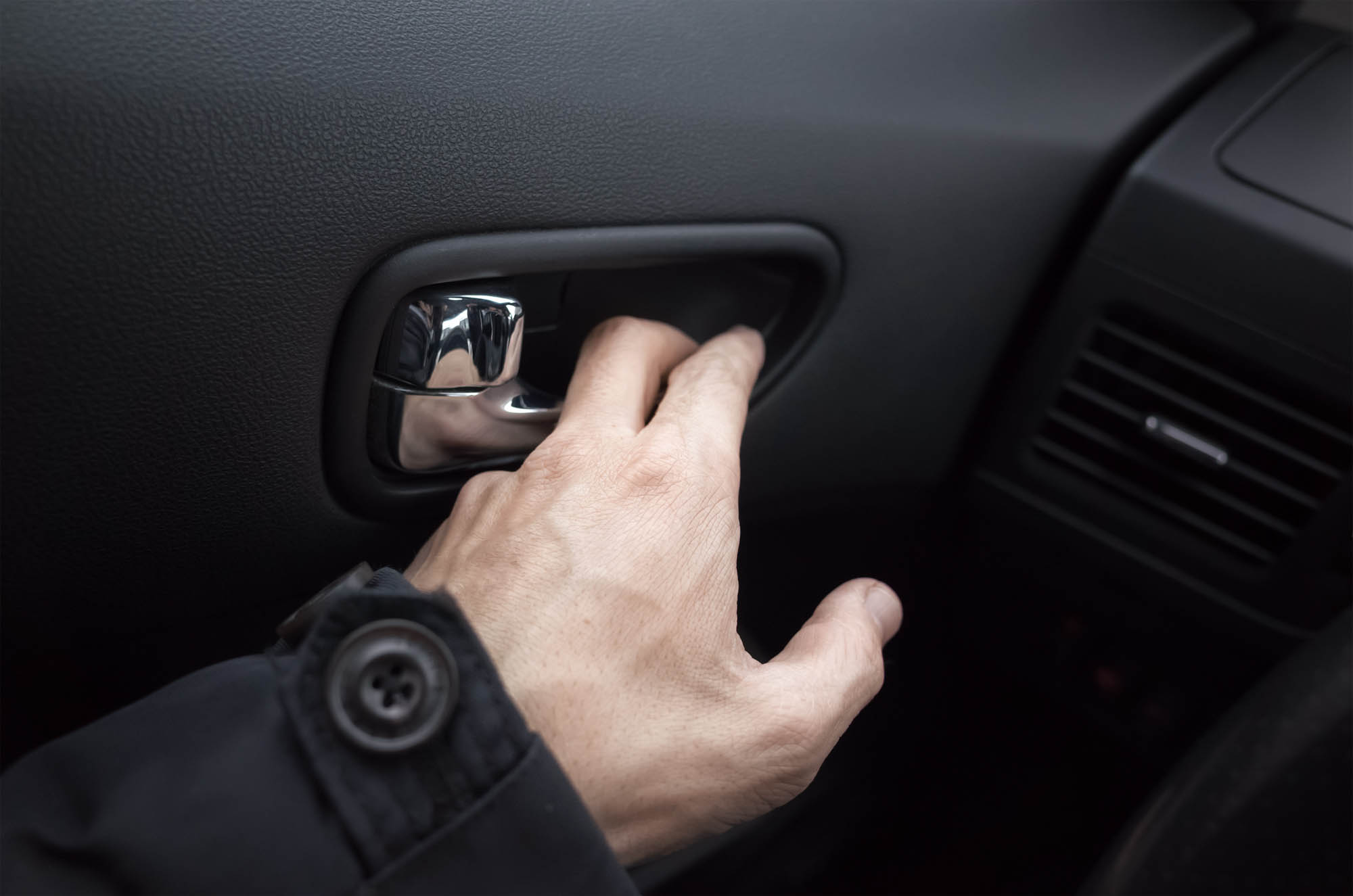
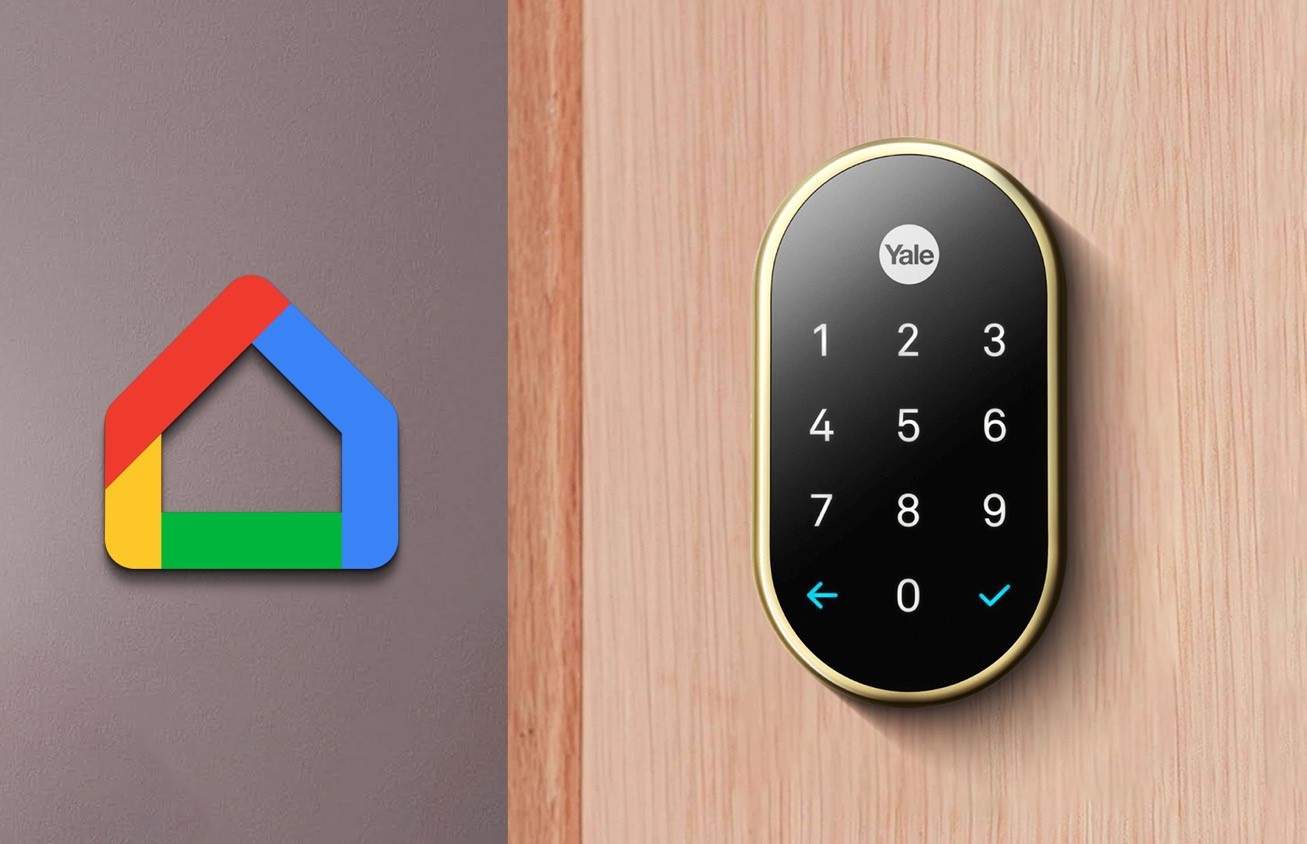


0 thoughts on “How Does A Magnetic Door Lock Work”